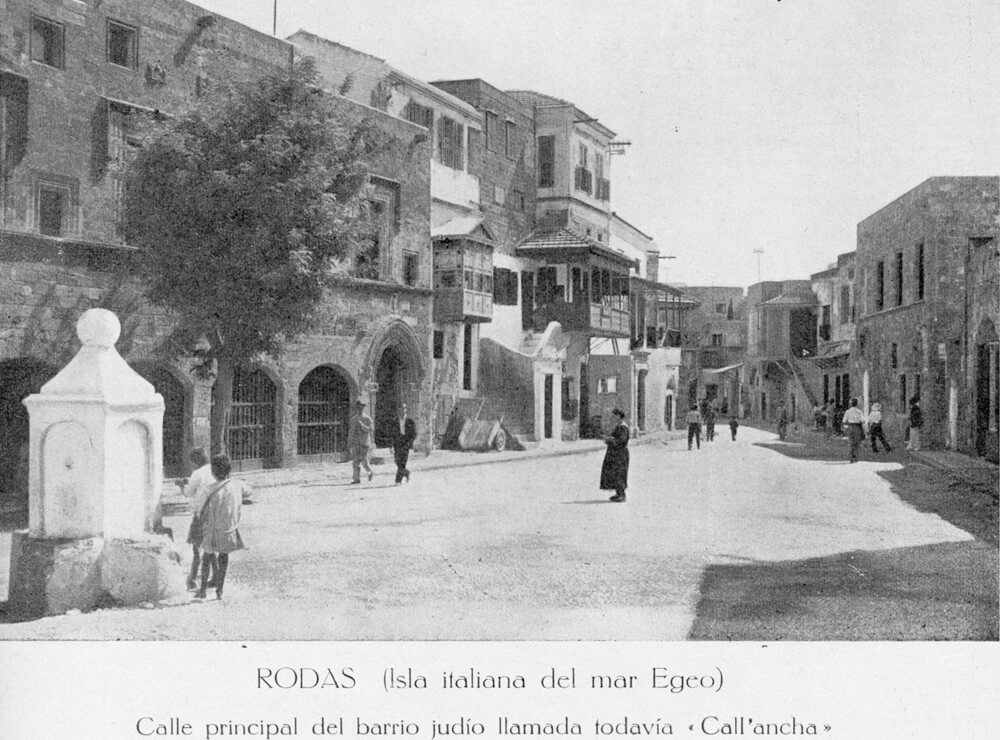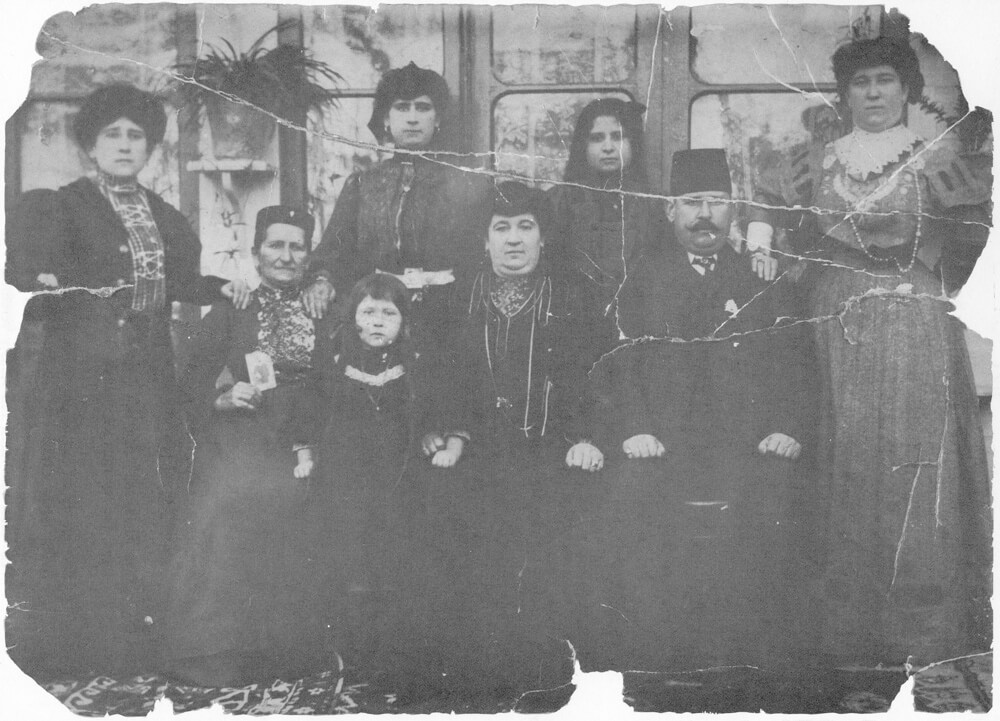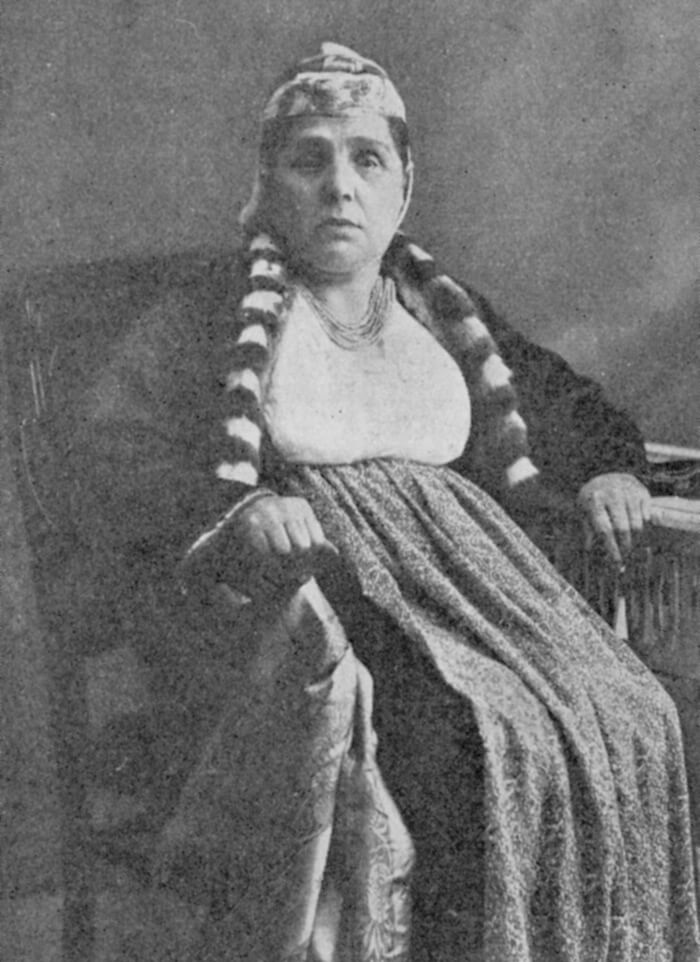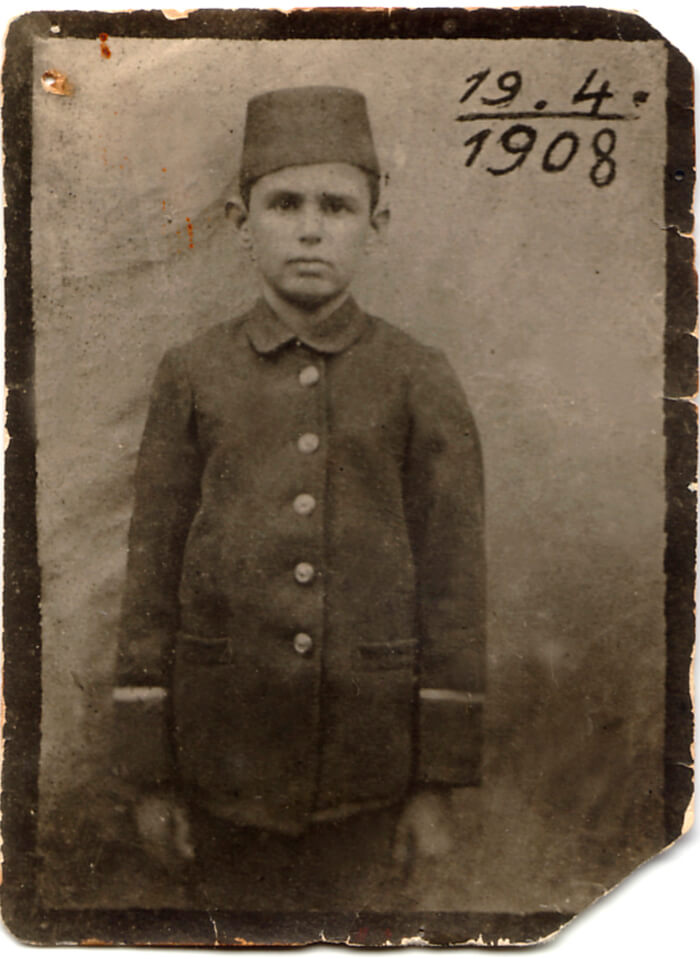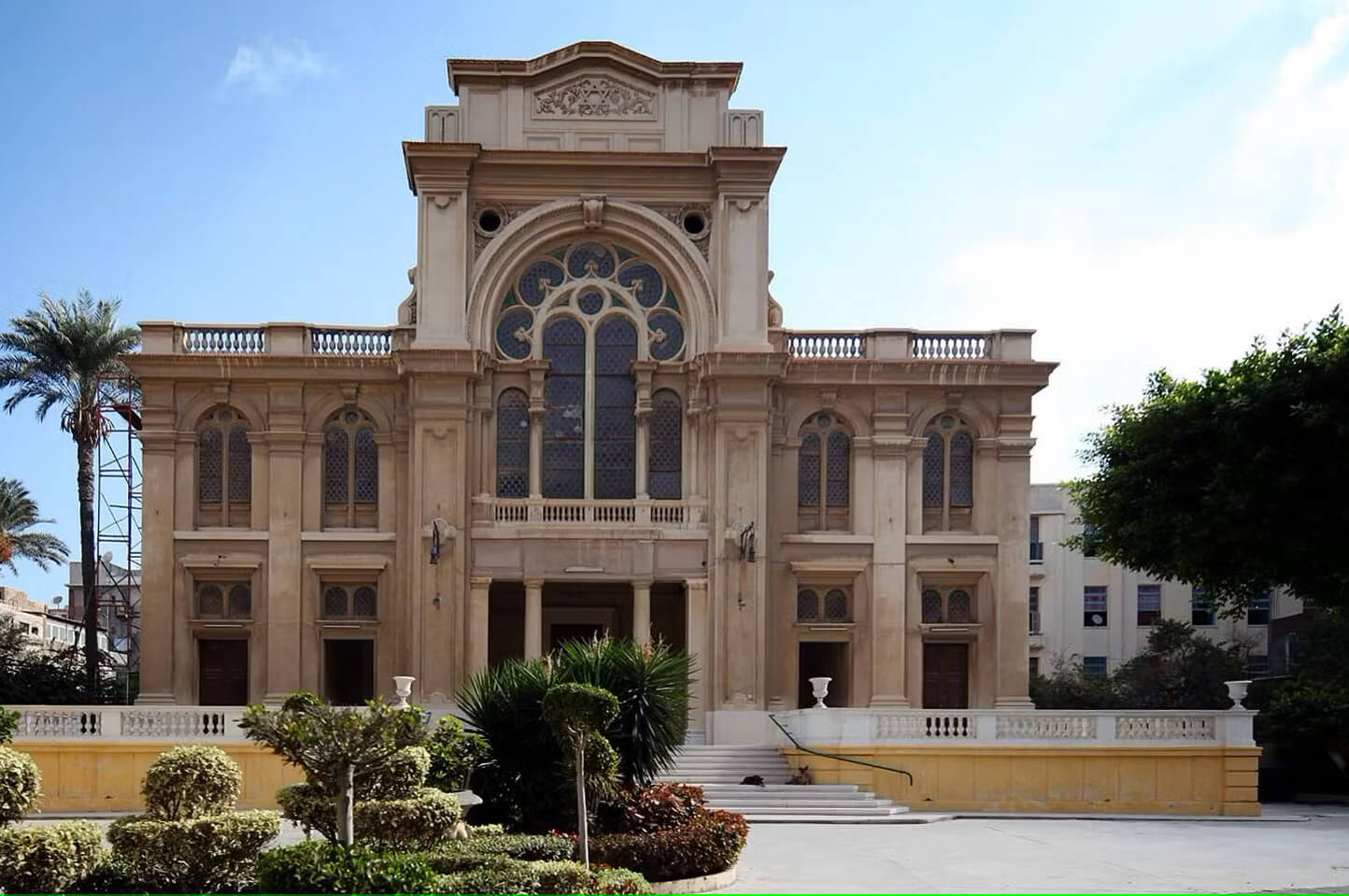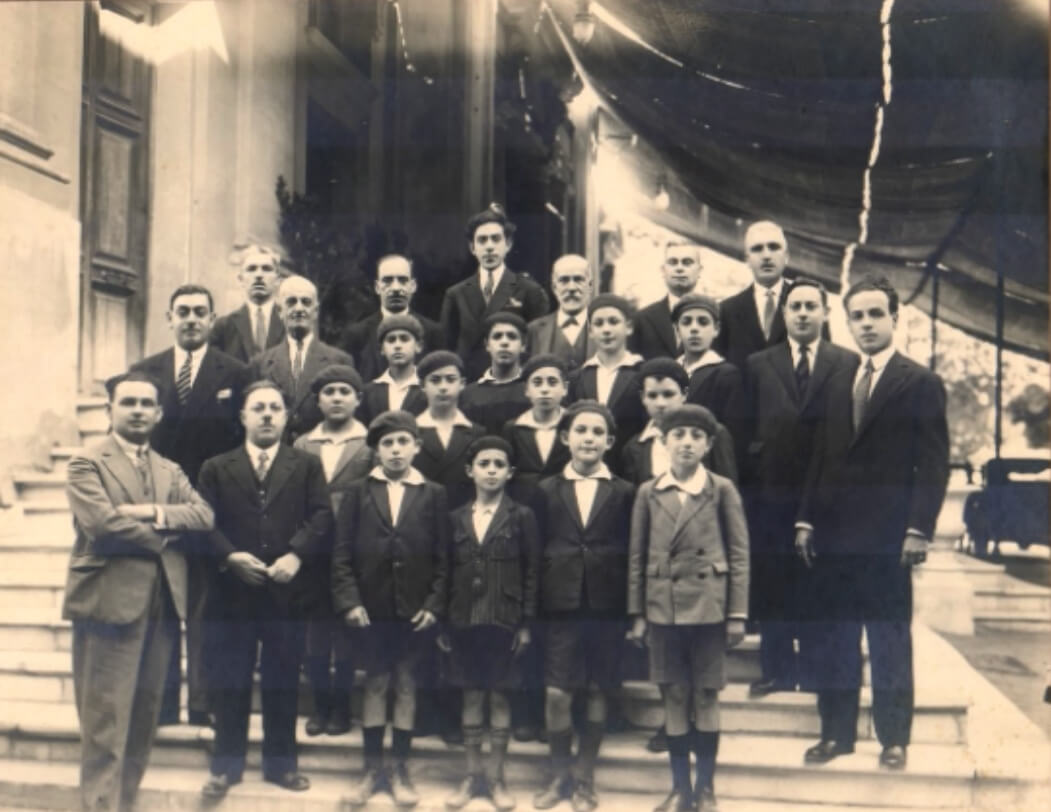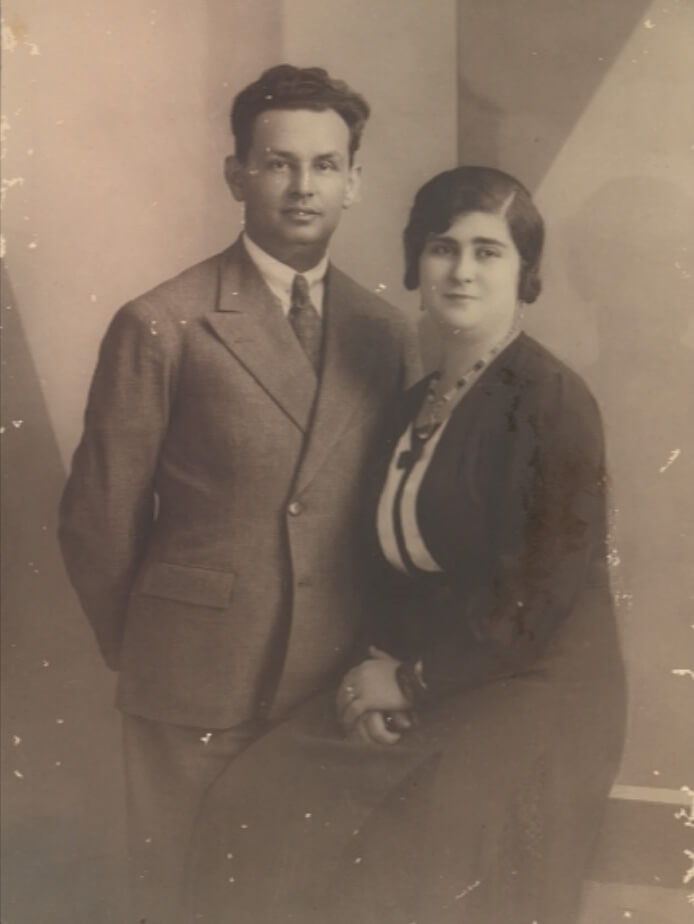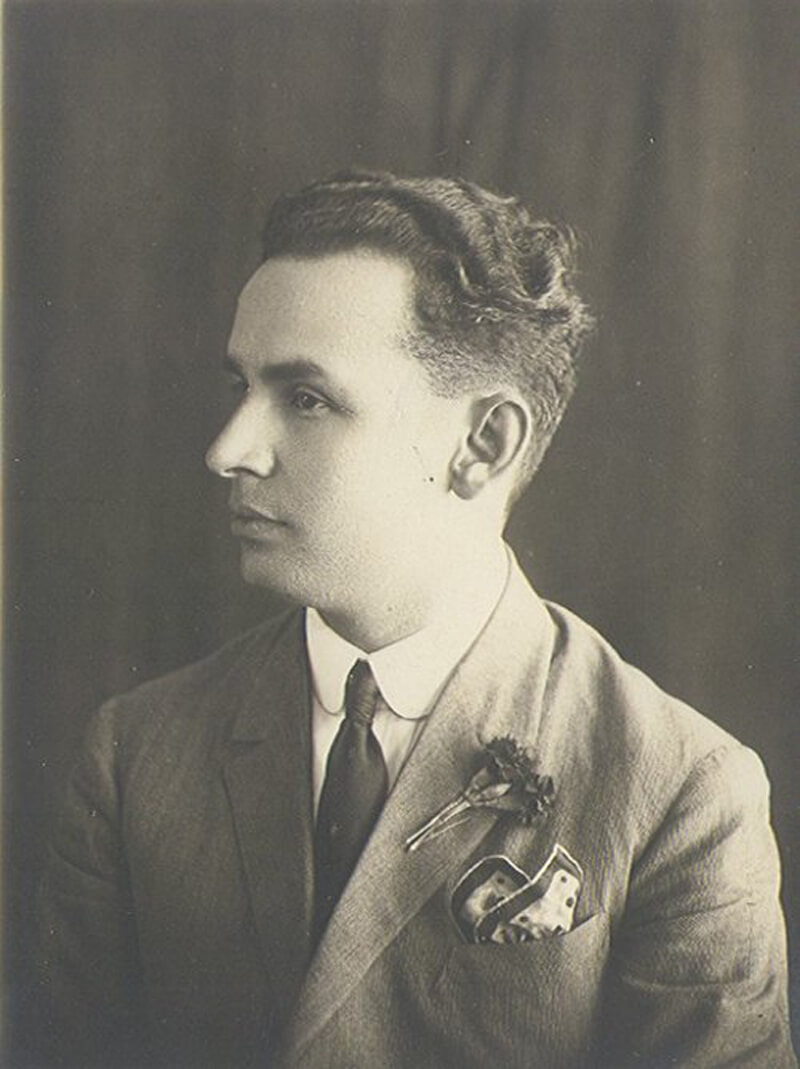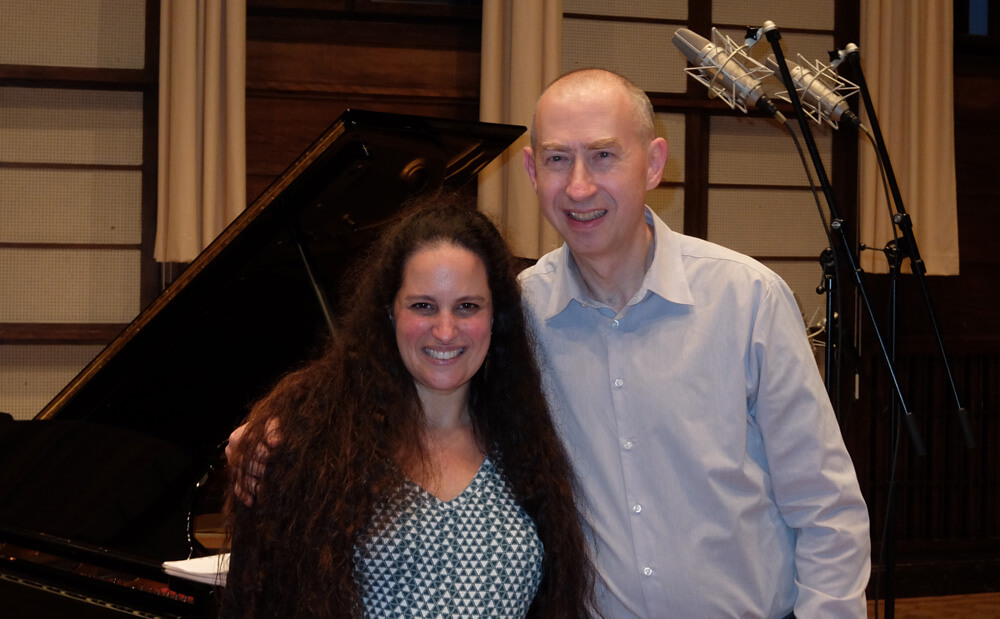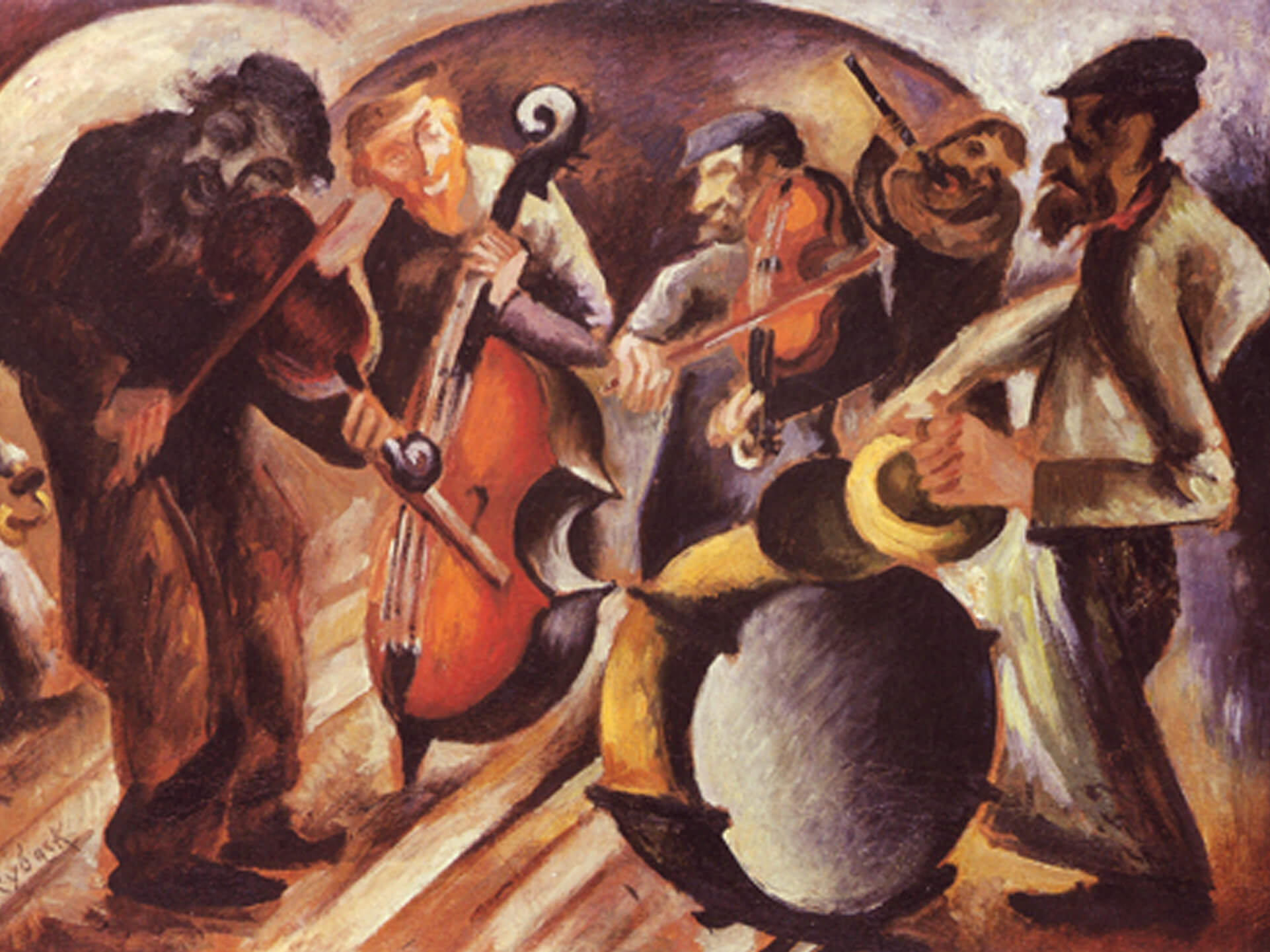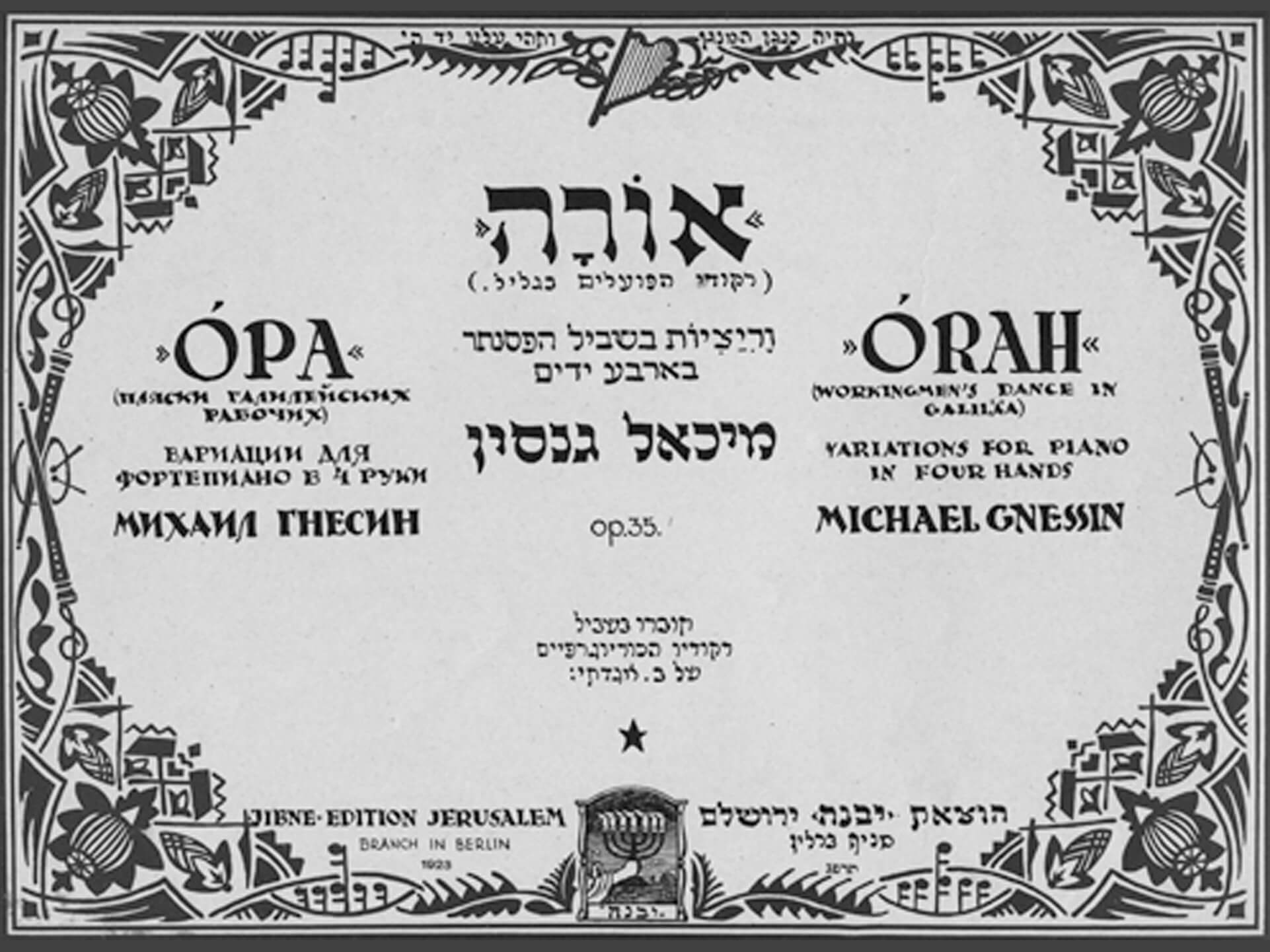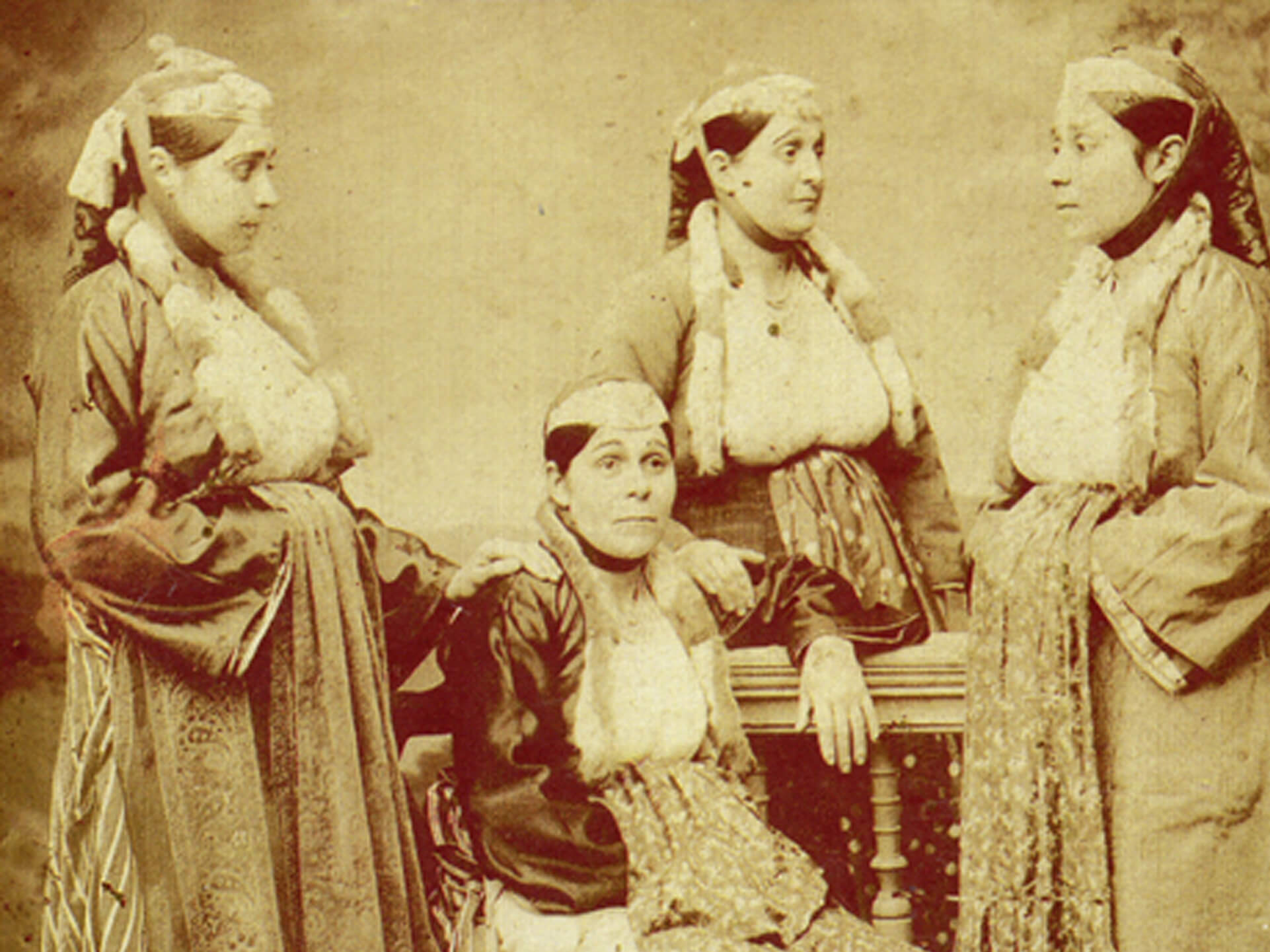Alberto Hemsi and Coplas Sefardies
„The few documents I had collected gave me the feeling that I was standing on the threshold of a wonderful cave, like that of Ali Baba, which I had the opportunity to explore at will. Since that time, I must confess that I cannot remember how many people I have contacted, nor communities and towns visited, nor how often I have stayed, for short or longer periods, in five countries of the eastern Mediterranean. My investigations were in no way limited to poetry and song. Folklore constitutes a whole world, and I was anxious in particular to know the folklore of my people.” Composer and ethnomusicologist Alberto Hemsi (1898–1975) wrote these words just two years before he died, in the foreword to the last volume of his magnum opus, the collection of works for voice and piano called Coplas sefardies. More than fifty years earlier, at the beginning of the 1920s, he had begun to collect examples of the folklore of the Sephardi Jews – „his people”.
Hemsi was apparently the first European-trained musician to deal with it ethnologically and artistically. Sephardi Jewish communities – descendants of the former Spanish and Portuguese Jews who were cast out of the Iberian Peninsula at the end of the fifteenth century – were still living in many countries around the Mediterranean in the 1920s and 1930s. They mainly used the Judaeo-Spanish language called Ladino in their day-to-day lives, and their folklore was also still strongly characterized by their Spanish-Portuguese heritage.
In 1932, the famous Spanish music ethnologist José Subirá (1882–1980) wrote: „The number of Spanish Jews scattered all over the world who, thanks to their eminently traditional spirit, have resisted the assaults of novelty and have preserved those spiritual treasures after four centuries of exile, refusing to throw off their age-old heritage, is estimated to be about one million in round figures. The great importance of these songs and ballads as historical documents can thus be explained, songs and ballads which speak of love, weddings, wars and duels. They go from the most tender madrigal to the most painful dirge, and maintain their double vitality with the persuasive strength of the words and the insinuating charm of the music.”
From 1924 onwards Hemsi lived on the Greek island of Rhodes, where there was a significant Sephardi-Jewish community. A photo of the Jewish quarter of the city of Rhodes – known by its Spanish name of „La Judería” – featured in the first volume of the Coplas Sefardies. During his time on Rhodes Hemsi worked as a piano teacher; his pupils included the three daughters of the banker Ruben Capelluto. The youngest of them, Myriam Capelluto, later became his wife, and the couple also had three daughters.
In 1928, Hemsi was appointed the music director and choirmaster of the largest synagogue in the Middle East, the Eliyahu Hanavi Synagogue in Alexandria, Egypt. This magnificent synagogue was built in 1850 to replace a previous building that had been blown up by Napoleon in 1798. Hemsi worked there for almost 30 years until he had to leave the country as a Jew in 1957.
Hemsi’s life ambition was to collect and disseminate the music of the Sephardic Jews. He initially collected traditional melodies and texts from his family and friends, before undertaking extensive research trips throughout the former Ottoman Empire. He met Turkish, Bulgarian and Palestinian Jews and, in the summer months, repeatedly travelled to Thessaloniki, Rhodes, Istanbul and Anatolia.
Hemsi collected 232 songs in all and used about a quarter of these for his most significant work, the collection Coplas sefardies. This monumental cycle containing in total 60 compositions for voice and piano, based on Sephardic songs, was published by Hemsi in ten volumes. The first five volumes appeared in Alexandria between 1932 and 1938, and the last five in exile in France between 1969 and 1973. The considerable lapse of time between these two sets of volumes is due to tragic historical events: the eradication of Sephardic communities in parts of the former Ottoman Empire by the Nazis and their collaborators, coupled with the destruction of Jewish life and culture in Arab countries including Egypt, his adopted homeland.
In order to make the folk songs known to a wide audience, Hemsi developed the form of an art-song that combined authentic popular elements (vocal melody and lyrics) with an extremely ambitious, sophisticated and colourful piano accompaniment. Against the backdrop of this new style, the unostentatious traditional songs show unexpected artistic potential. This fusion of folk song and art music was particularly challenging for the composer – but also the performers – and, at the same time, made the Coplas sefardies all the more fascinating.
The world’s first CD recording of the complete cycle Coplas sefardies by Alberto Hemsi in its original versions was realized by Jascha Nemtsov together with the Israeli singer Tehila Nini Goldstein. The CD box set, with three CDs and a booklet of over 100 pages, was released in 2020.

